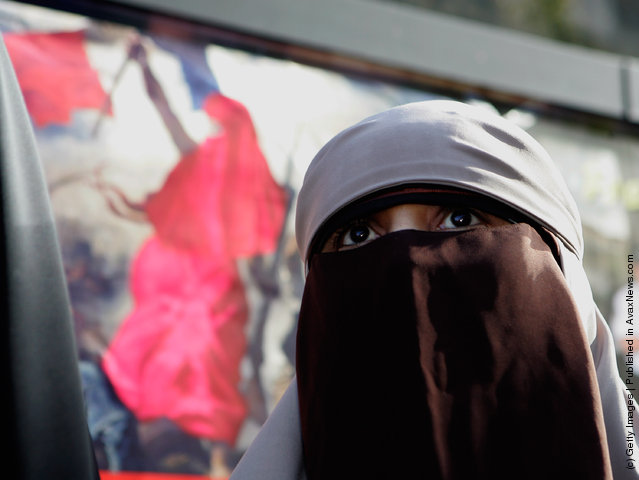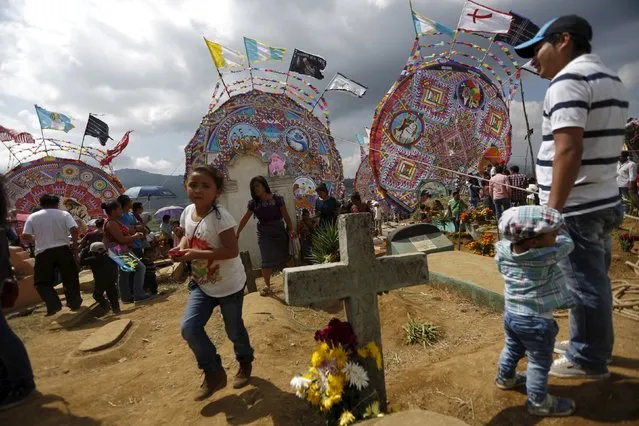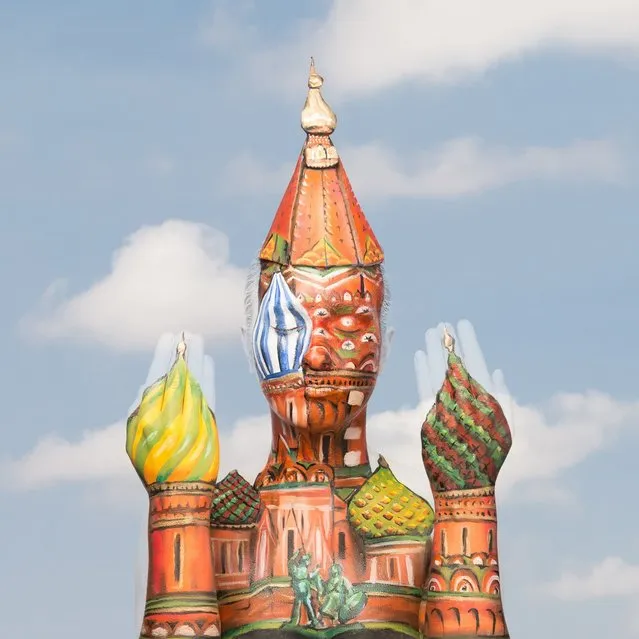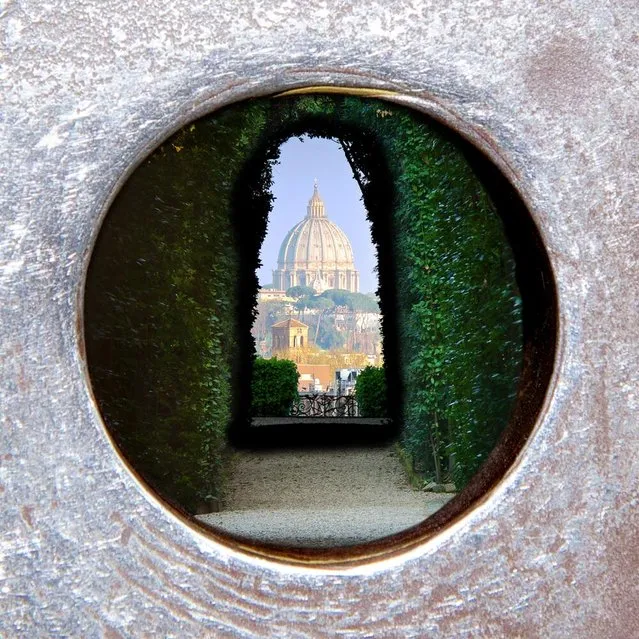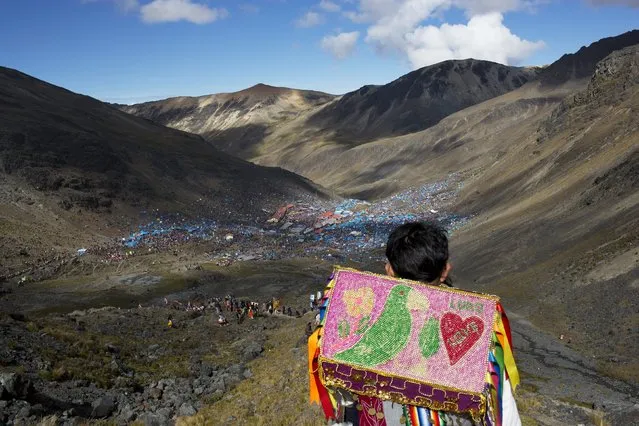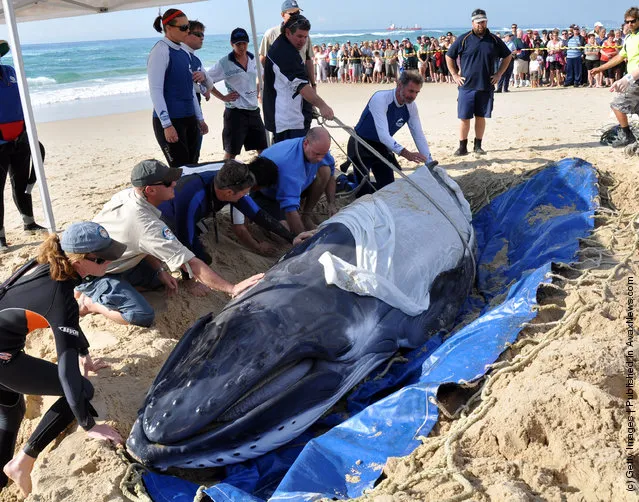
Volunteer rescuers prepare to drag a beached humpback calf to sea at Surfers Paradise Beach on August 8, 2011 on the Gold Coast, Australia. The humpback calf was stranded on the beach yesterday for hours before volunteer rescuers were able to drag it back to the sea. SeaWorld Australia says a mother and calf humpback were sighted near where the calf was released and are hoping to get photos to verify it is the same calf and that it has been reunited with it's mother. (Photo by 2011 SeaWorld Australia via Getty Images)
09 Aug 2011 12:26:00,post received
0 comments

